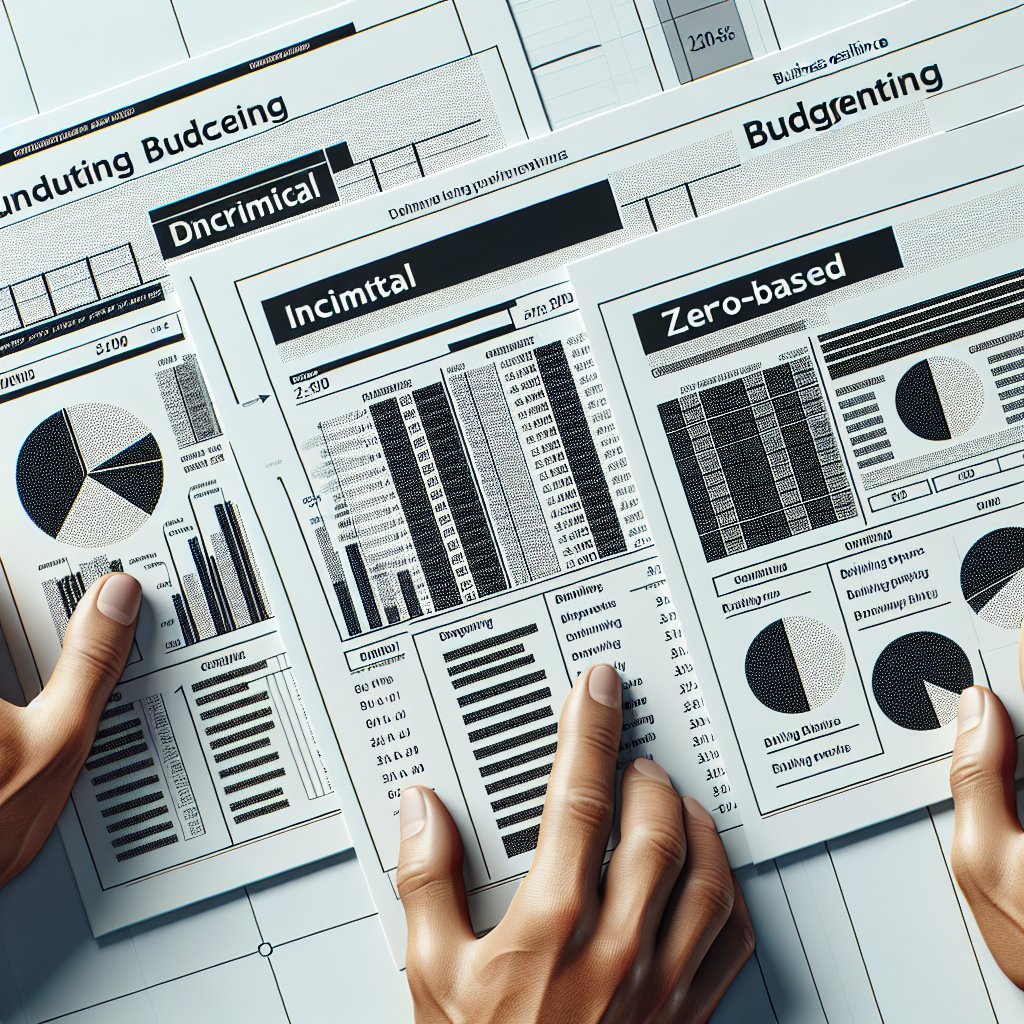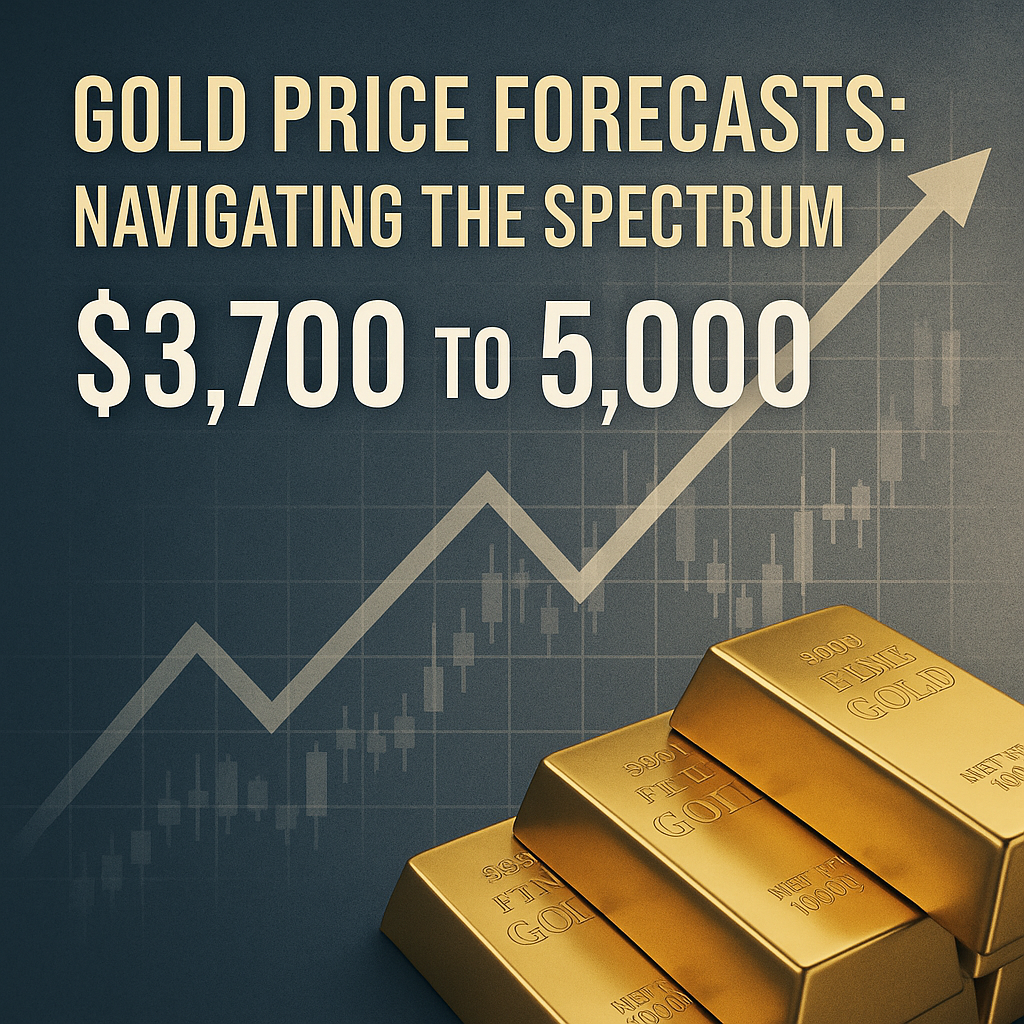Behind every bullish gold chart is a quiet but powerful force—central banks. While individual investors and market analysts dominate the media narrative, it’s the sustained, strategic purchases by monetary authorities that have helped push gold to over $3,500 per ounce in 2025. This behavior reflects deeper concerns about currency stability, sovereign debt, and long-term monetary positioning.
How Central Banks Became the Biggest Gold Buyers
In recent years, central banks have ramped up their gold acquisitions to a level not seen since the post-Bretton Woods era.
Just in January 2025 alone, net purchases reached 18 tonnes, signaling a continuation of institutional demand into the new year (Money Metals News). These are not speculative trades. They are long-range hedging strategies executed by nations wary of over-reliance on fiat currencies and anxious about the role of the U.S. dollar in a fragmented global order.
Motivations: A Shift Away from Dollar Dominance
Many central banks increasing their gold holdings are from emerging markets—China, Turkey, India, and Kazakhstan among them. Their goals vary, but all share one theme: diversification away from the U.S. dollar. As global trade shifts and bilateral settlement systems bypass the SWIFT network, gold offers a neutral, borderless store of value.
This trend coincides with the weakening confidence in U.S. Treasurys and fiat reserves in general, as previously outlined in our coverage of the rally pushing gold beyond $3,500. By holding more gold, central banks reduce their exposure to geopolitical leverage and inflationary erosion.
The Ripple Effect on Private Investors
Institutional gold buying doesn’t just tighten supply—it validates the asset’s long-term value in the eyes of private investors. As retail consumers adjust their expectations and behaviors, we’ve seen shifts in both investment and cultural contexts. In the jewelry sector, for example, high gold prices are already prompting a pivot to lab-grown diamonds and lighter materials, reshaping how precious metals are viewed and consumed.
At the same time, retail investors are reevaluating their asset allocation strategies. Gold-backed ETFs and physical coin holdings are gaining ground as hedges against systemic risk—a reflection of institutional logic trickling down into personal finance.
Will Central Banks Keep Buying?
Analysts believe the answer is yes, though the pace may moderate. As interest rates level out and inflation stabilizes in select economies, demand could soften—but not disappear. For central banks, gold represents a timeless hedge against long-term structural volatility, not just a cyclical play.
Whether gold stabilizes at its current level or accelerates toward future price targets of $4,000 or beyond may depend on how much more buying the public sector is willing to do—and how private markets follow their lead.
Conclusion
The central bank gold strategy is subtle but profound. It’s not about timing the market—it’s about anchoring it. And as more nations shift away from dollar hegemony, gold’s status as a reserve asset will only grow stronger. For investors, understanding this silent force is critical to navigating what comes next.


